Conclusion
Vaccines currently routinely recommended to the general population in the U.S.* have not been shown to cause chronic inflammatory disseminated polyneuropathy (CIDP).
Epidemiological Evidence
The 2012 report by the Institute of Medicine (IOM), now called the National Academy of Medicine (NAM), found no relevant studies of quality in the literature assessing CIDP and MMR, diphtheria, tetanus, pertussis, influenza, hepatitis A, hepatitis B, or meningococcal conjugate vaccines 1. No relevant studies of quality have been published since this report.
Proposed Biological Mechanism
One potential mechanism that could contribute to CIDP is molecular mimicry 1, which refers to the possibility that similar epitopes shared between self-peptides and foreign peptides (introduced via infection or immunization) inadvertently cause the activation of autoreactive T or B cells, leading to autoimmunity.
The 2012 IOM report described three reports of CIDP after influenza vaccine, in two of which development of CIDP occurred in the patients after vaccine administration in two separate years 2. However, the publication provided no evidence beyond a temporal association and the IOM concluded that this mechanistic evidence was weak. The IOM also concluded that there was no mechanistic evidence for an association between CIDP and MMR, diphtheria, tetanus, pertussis, hepatitis A, hepatitis B, HPV or meningococcal conjugate vaccines, as the publications reviewed provided no evidence beyond a temporal association 1.
* These conclusions do not necessarily consider vaccines recommended only for special populations in the United States such as Yellow Fever vaccine (international travelers) or Smallpox vaccine (military personnel), or vaccines no longer recommended to the public such as the Janssen (J&J) COVID-19 vaccine.
References
1. Institute of Medicine. In: Stratton K, Ford A, Rusch E, Clayton EW, eds. Adverse Effects of Vaccines: Evidence and Causality. Washington (DC): National Academies Press (US); 2012.
2. Vellozzi C, Burwen DR, Dobardzic A, Ball R, Walton K, Haber P. Safety of trivalent inactivated influenza vaccines in adults: background for pandemic influenza vaccine safety monitoring. Vaccine 2009;27:2114-20.

